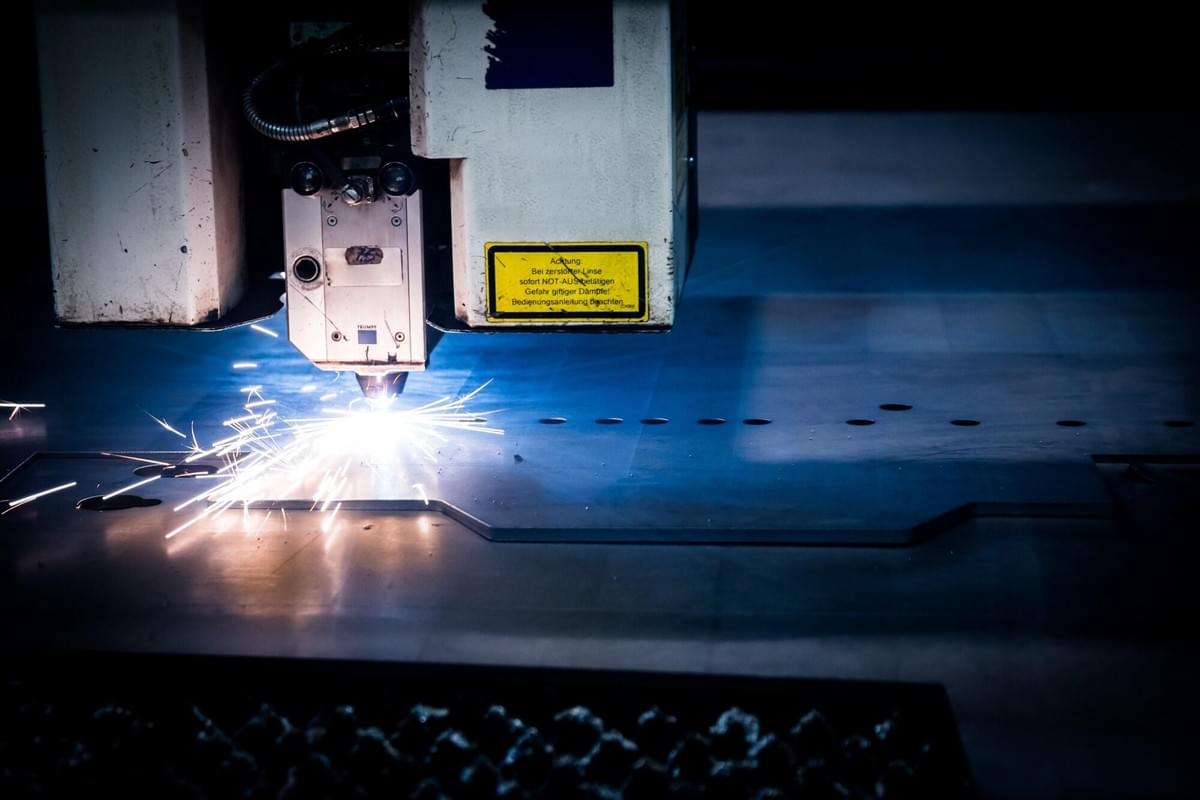
Plasma surface pretreatment is an advanced technique employed to enhance the adhesion properties of various materials by modifying their surface characteristics. It is a non-contact, environmentally friendly process that can be applied to polymers, metals, ceramics, and composites, making it a versatile solution for improving material performance. This process utilizes a plasma state of matter, where gases are ionized to create reactive species that interact with a material’s surface. Plasma surface pretreatment has numerous industrial applications, ranging from improving the adhesion of paints and coatings to optimizing bonding and printing on various substrates. Several factors contribute to the effectiveness of this technology, including plasma type, treatment duration, gas composition, material characteristics, and environmental conditions.
One of the primary factors influencing plasma surface pretreatment is the type of plasma used. There are different types of plasmas, such as low-pressure and atmospheric plasma. Low-pressure plasma is typically used for highly controlled environments, as it offers uniform treatment and a deep level of surface modification. Atmospheric plasma, on the other hand, is more cost-effective and convenient for continuous manufacturing processes, as it does not require a vacuum chamber. The choice between low-pressure and atmospheric plasma depends on the specific requirements of the material and the intended application.
Another crucial factor is the duration of the treatment. The time the material is exposed to plasma can significantly affect the degree of surface modification. Short treatment times may not achieve the desired results, while overly long treatments can potentially damage the surface or change its properties in undesirable ways. Optimal treatment times are typically determined through testing and depend on factors such as the material’s chemical composition and the required surface energy for the application.
Gas composition used in the plasma process is also a critical determinant of the treatment’s effectiveness. Commonly used gases include oxygen, nitrogen, argon, and hydrogen. Each gas or combination of gases can induce specific reactions on the surface of the material. For example, oxygen plasma is often used to clean organic contaminants, while nitrogen plasma can introduce functional groups that enhance adhesion properties. The choice of gas depends on the material being treated and the desired surface modifications.
The nature of the material being treated plays an equally important role. Different materials respond to plasma treatment in various ways, depending on their inherent properties. For instance, polymers, which are often chemically inert, benefit greatly from plasma treatment because it can activate their surfaces, making them more receptive to coatings, adhesives, and other treatments. Metals, ceramics, and composites may also undergo surface cleaning, oxidation, or roughening depending on the treatment conditions.
Lastly, environmental conditions such as temperature, pressure, and humidity can influence the plasma treatment process. In some cases, specific temperature and humidity controls are necessary to ensure optimal results, particularly for sensitive materials that may react negatively under uncontrolled conditions. Pressure is particularly important in low-pressure plasma systems, as it directly affects the formation of plasma and the energy available for surface modification.
In conclusion, plasma surface pretreatment is a powerful tool for enhancing material performance across a variety of industries. By carefully controlling factors such as plasma type, treatment duration, gas composition, material characteristics, and environmental conditions, manufacturers can achieve tailored surface modifications that lead to improved adhesion, durability, and overall product quality. Its versatility and environmental friendliness make plasma surface pretreatment a preferred choice for many modern manufacturing processes.